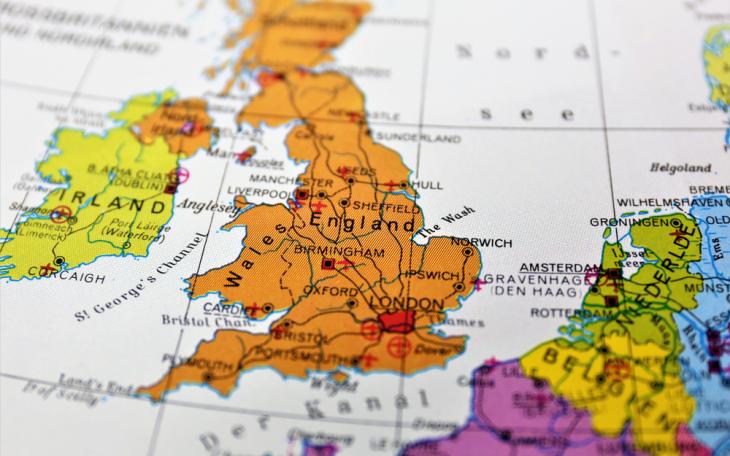How redrawing the political map could spell trouble

The Boundary Review, published in draft yesterday, offers a reminder about how quickly things can change in politics.
As Boris Johnson focuses on levelling up the North of England, to solidify and improve the Conservatives presence in the Red Wall and northern seats, he may soon receive visits from MPs pushing for a change in policy priorities to avoid losing their seat at the next election not at the ballot box but thanks to changes to their constituency boundaries.
The new proposals made by the independent Boundary Commission involve constituencies being chopped and changed to average out the number of voters in each one. Seats will be re-drawn, so they have, by law, between 69,724 and 77,062 registered voters each. The details also propose cutting northern constituencies with shrinking populations while southern seats with growing populations increase. Such changes mean that in England the North East, the North West, and the West Midlands will lose two seats each, with an extra two seats being distributed to London, the South West gaining three, and the South-East a further seven.
And, with the added threat that several seats will be subsumed by neighbouring constituencies to make way for new ones, some in Westminster are already starting to quiver. Most notably the Education Secretary Gavin Williamson, who reportedly risks losing his South Staffordshire constituency as it is split into pieces to rejig the electoral map. Meanwhile, Labour fears its left-wing icon Ian Lavery might have to fight shadow chief whip Alan Campbell for a seat with two constituencies set to be axed from their northeast area.
The initial plans, which if approved would be implemented in 2023, could fundamentally alter both Labour and the Conservatives’ political strategy ahead of the next election in 2024.
Boris Johnson’s 80-seat majority came on an election manifesto that promised to level up deprived parts of the UK. And yet, the new electoral structure will seemingly reinforce both the importance and significance of beloved Conservative heartlands across Hampshire, Buckinghamshire, Oxfordshire, and the rest of the South East. The Prime Minister will be all too aware of the strides both Labour and the Green Party made in leafy England in the latest local elections. All parties – including the Conservatives - may have to revaluate what areas, and indeed new swing seats, are the most important.
While Labour’s attempt to unshackle itself from its middle-class metropolitan chains could now be counterproductive. Instead, its appeal to the growing number of middle-class renters priced out of a home in the south could be where the party positions itself – discarding the current importance of returning the Red Wall.
Nevertheless, one can’t help but think the review is a product of the pre-pandemic era. As flexible working continues, and the government’s ‘Levelling Up’ agenda gains speed, hundreds of thousands of people, businesses and opportunities are moving out of London and the South of England and into cities in the North of England. With a rate of 300,000 people leaving London each year, it won’t be long before MPs are calling for a fresh review to realign the reducing geographic and electoral significance of London and areas in the south that may be coming.









